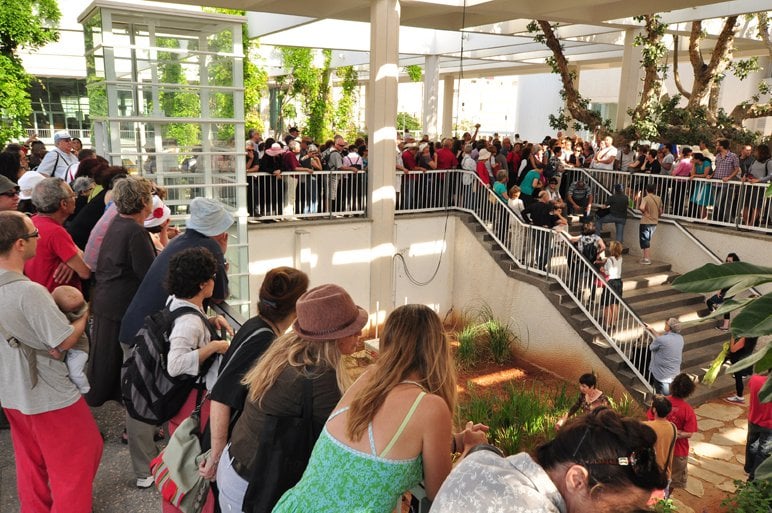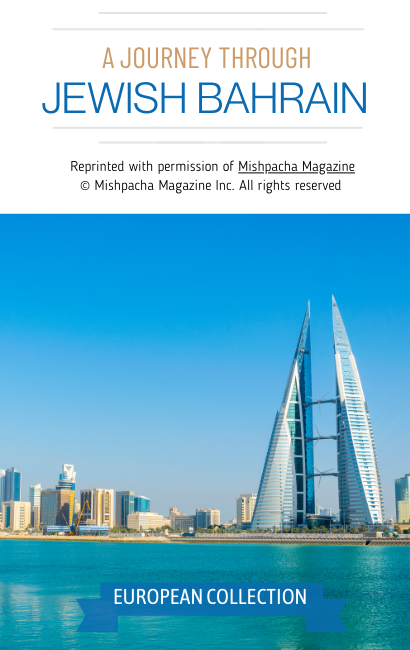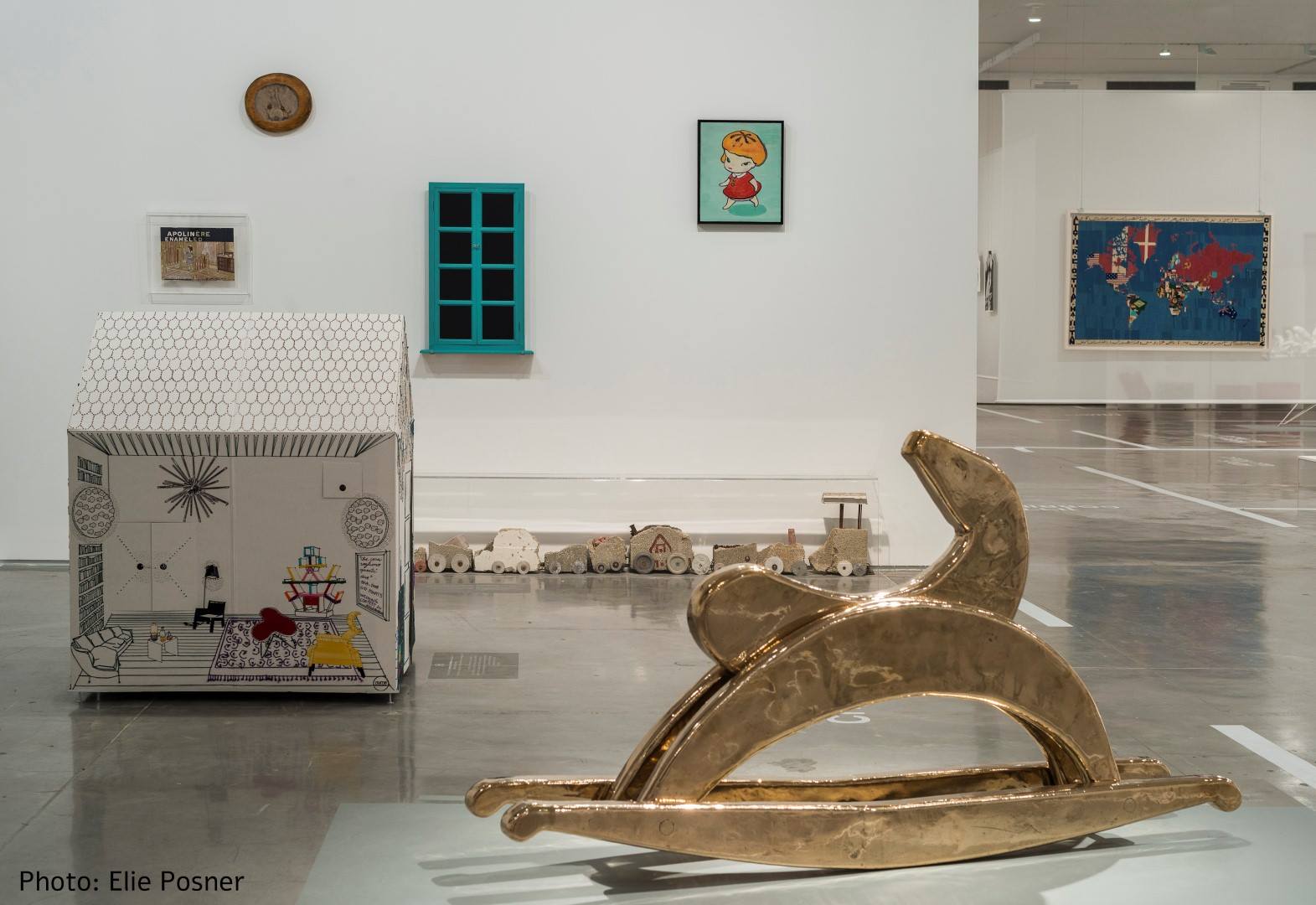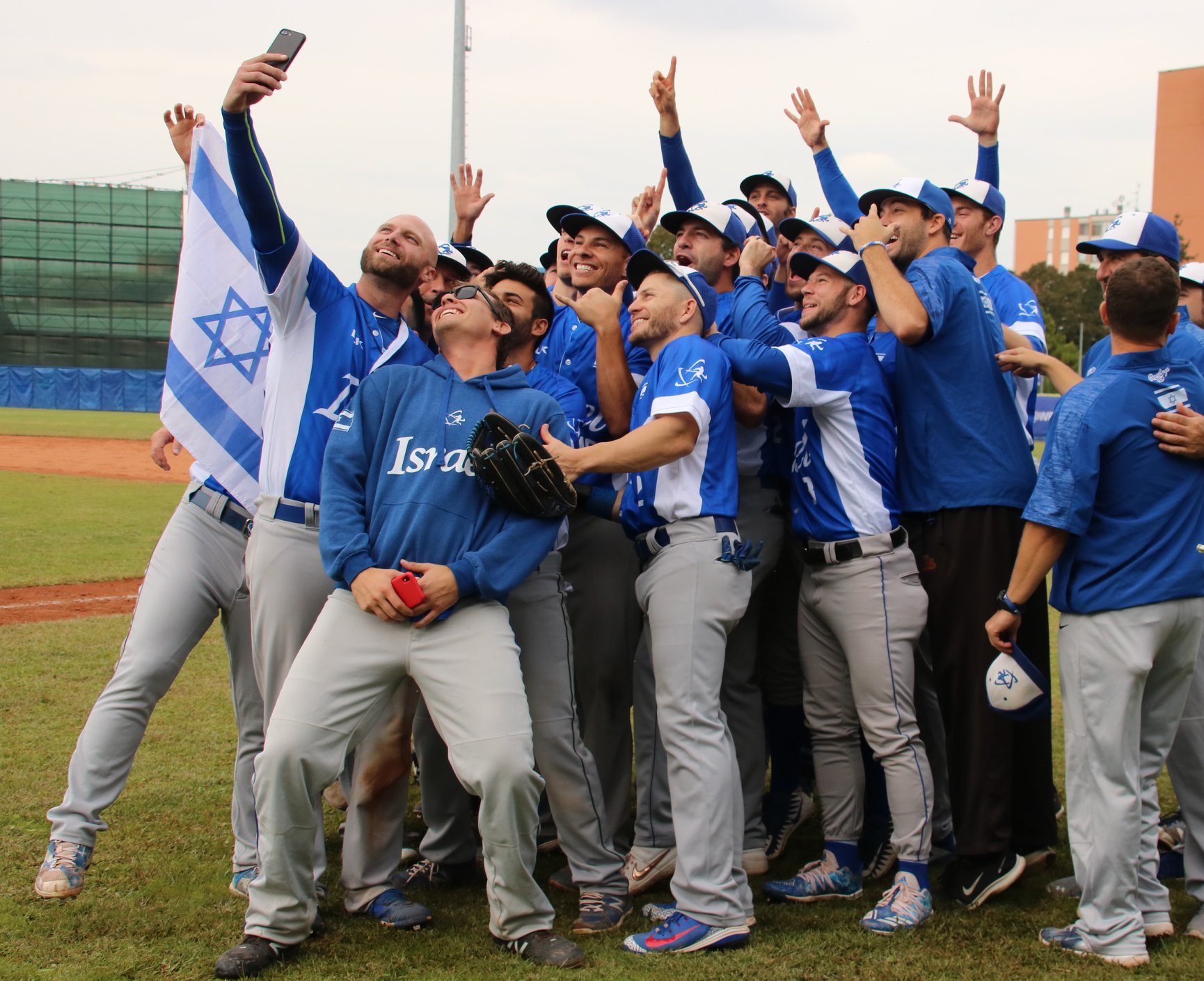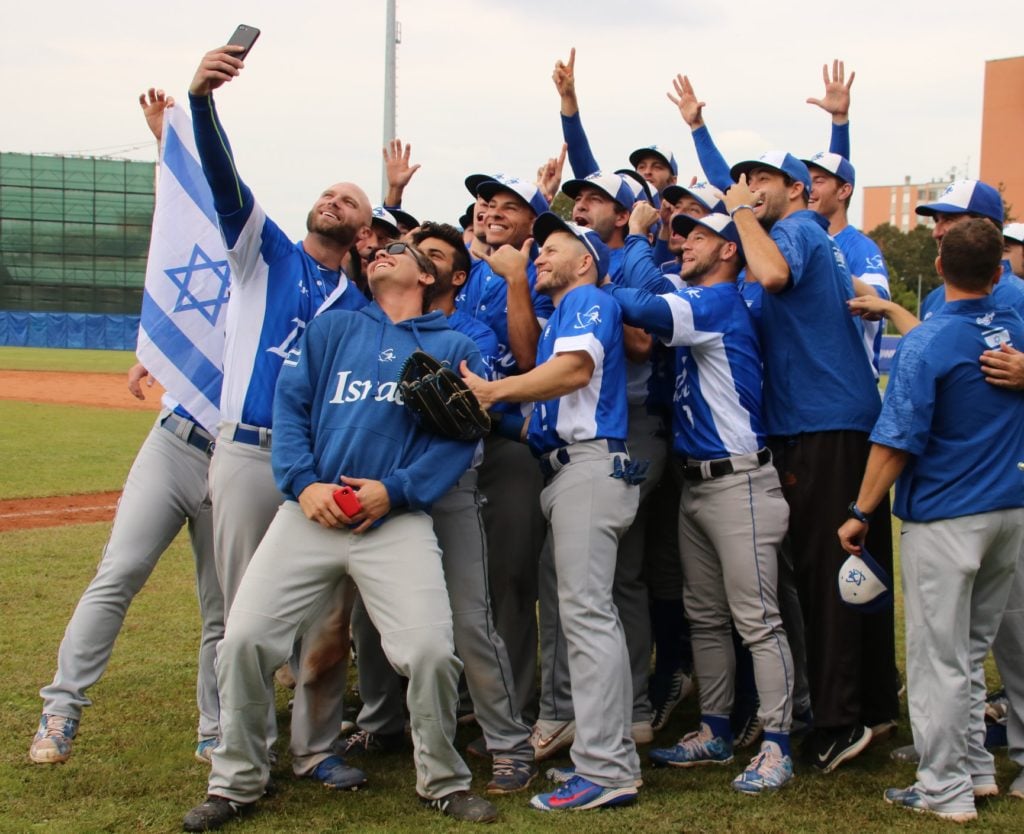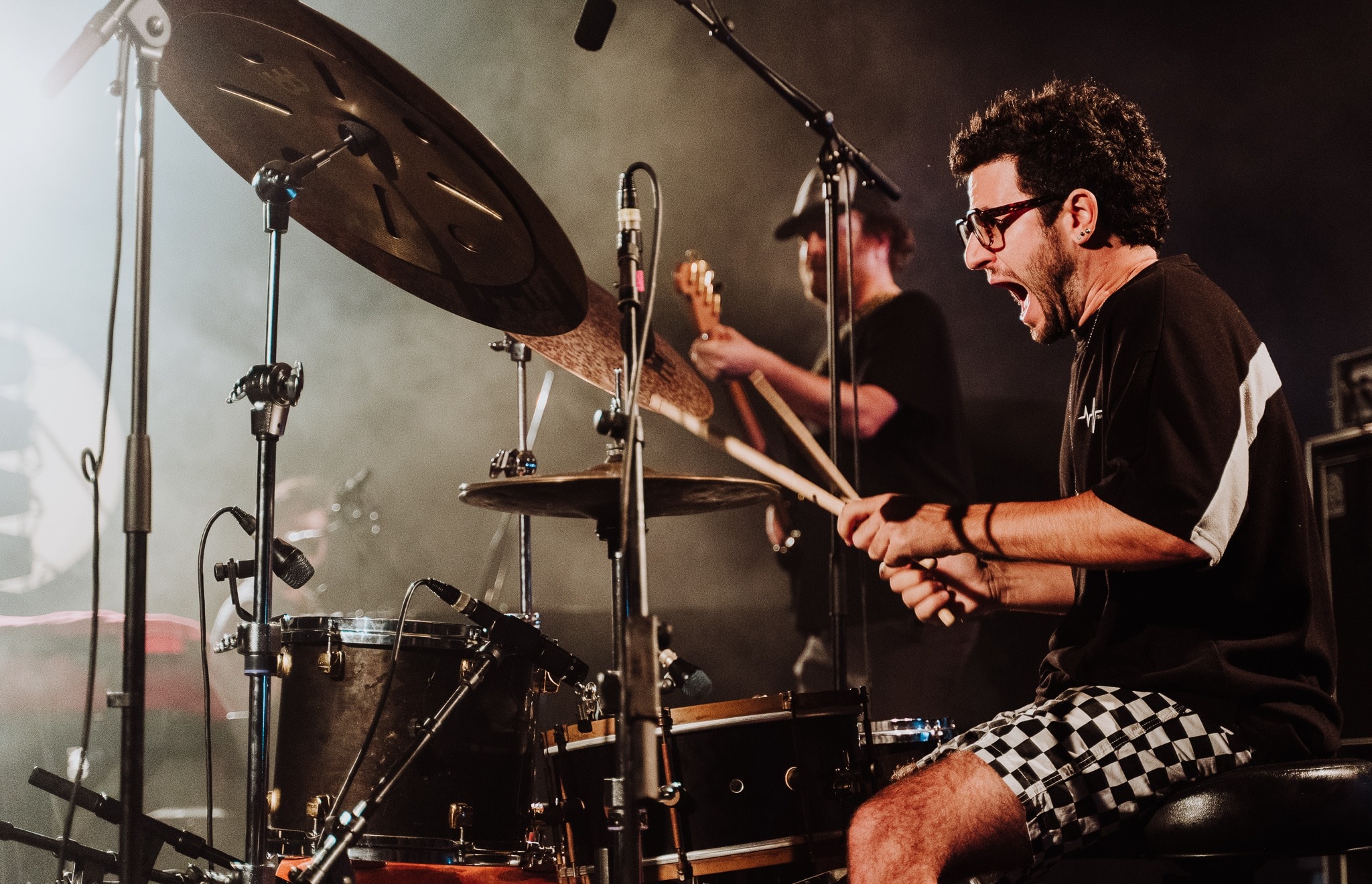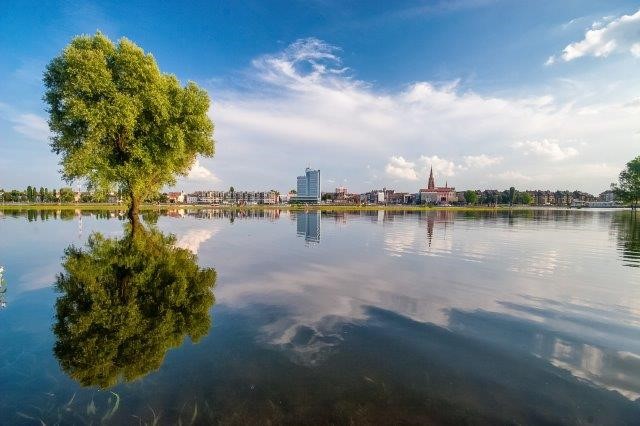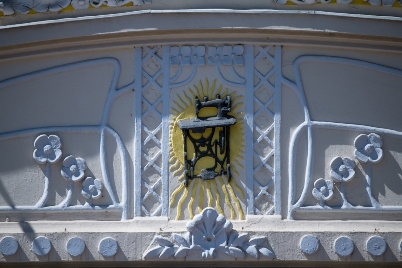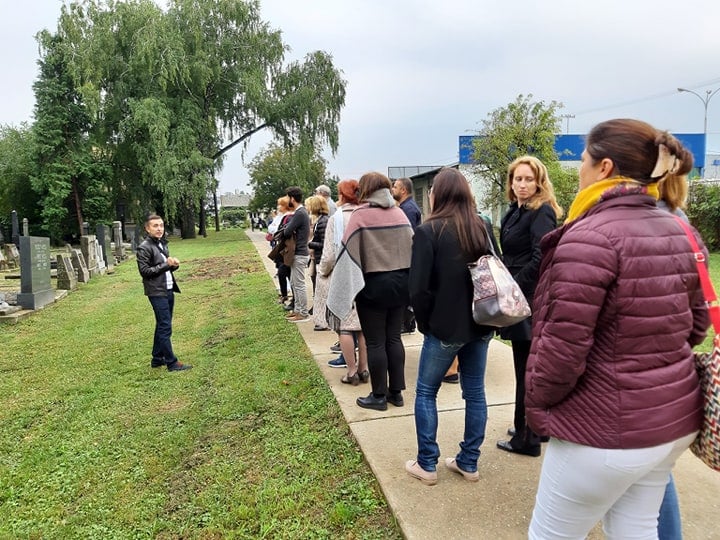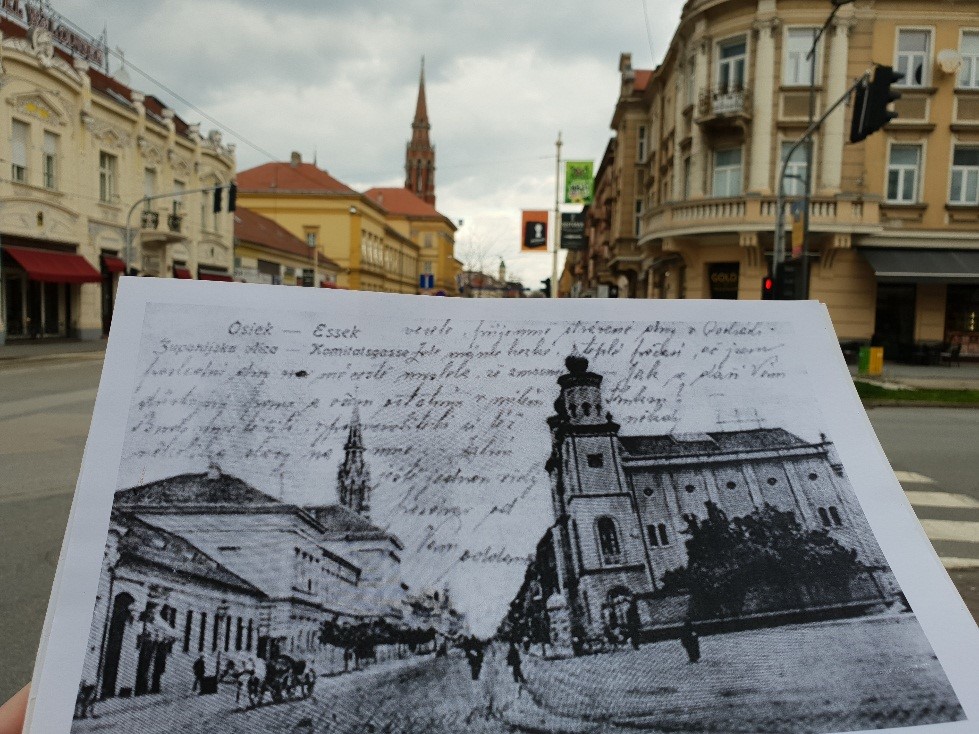Hungary: An exhibit honors architect Lipót Baumhorn in his 160th birthday year. And a new book highlights the stained glass windows in Baumhorn’s masterpiece, the New Synagogue in Szeged
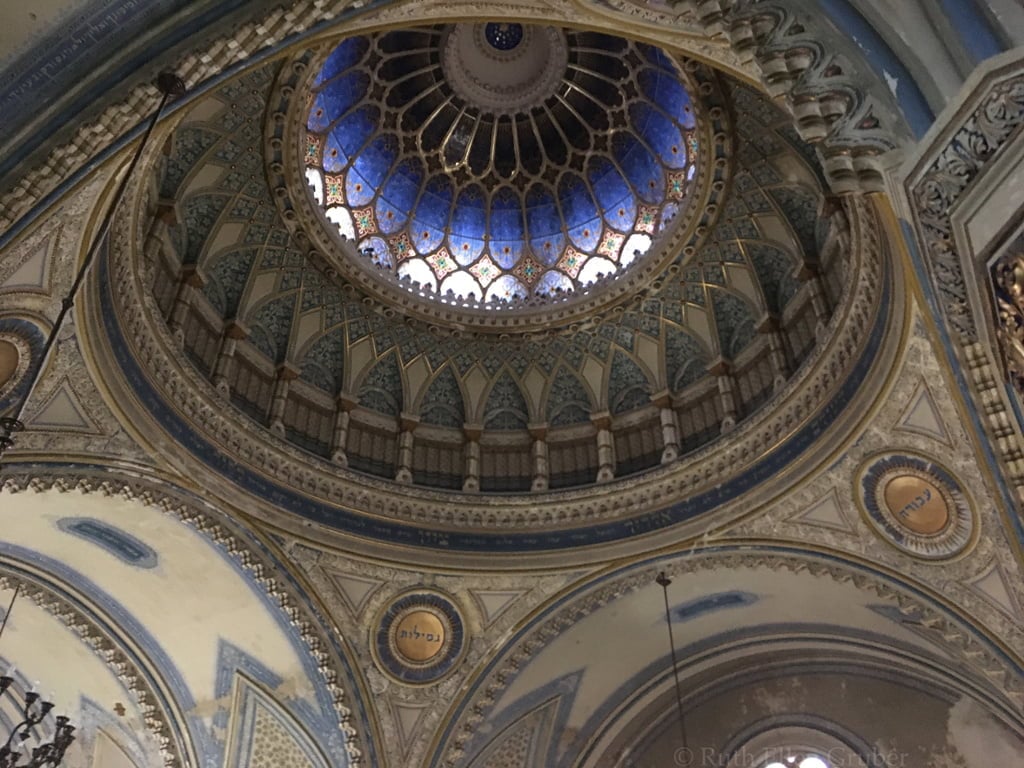
(JHE) — Lipót Baumhorn, the most prolific synagogue architect in pre-WW2 Europe, is being honored with an open-air exhibit in Szeged, the city that is home to his masterpiece — the monumental domed New Synagogue, dedicated in 1903. At the same time, a beautifully illustrated new book — downloadable for free — celebrates the synagogue’s spectacular stained glass windows and documents their creation by the artist Mánó Róth in collaboration with Baumhorn and Szeged’s chief rabbi, Immanuel Löw.
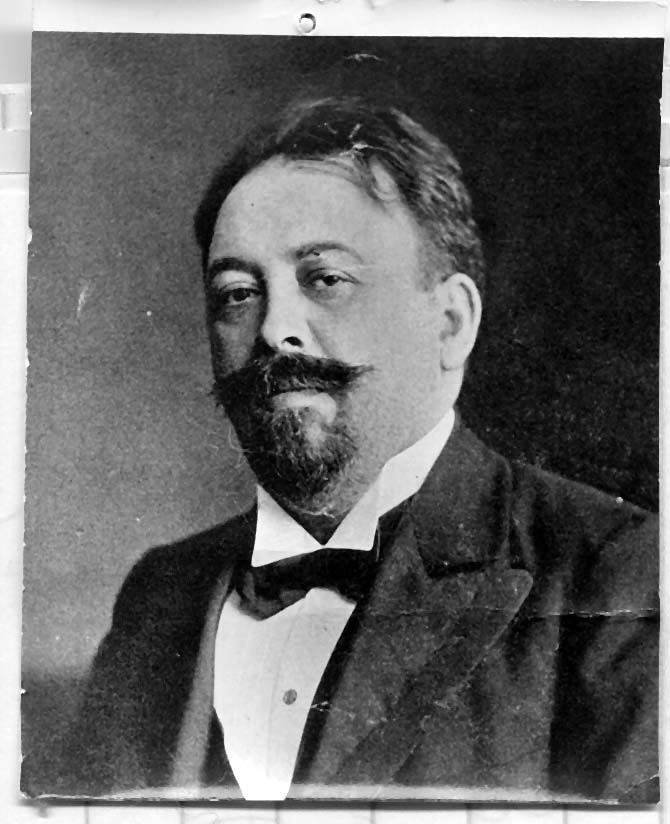
Both are part of initiatives marking the 160th anniversary this year of Baumhorn’s birth. Some events connected to “Baumhorn 160,” including a major exhibition in Szeged, have had to be postponed because of COVID-19 measures. But a travelling exhibition about the Szeged synagogue is planned in various cities in 2021–2022 and due to open in April in Budapest at the Páva Street Synagogue — another of Baumhorn’s synagogues, which is now part of the city’s Holocaust memorial museum complex. A documentary about the architect’s work in Timisoara, Romania, is also in the works.
The open-air exhibit Baumhorn 160 opened on October 1 on Szeged’s downtown Klauzal square and will run until October 25. Organized by the Hungarian Museum of Architecture and Monument Protection Documentation Center (MÉM MDK) in cooperation with the Csongrád County Chamber of Architects and the Szeged Jewish Community, it focuses on Baumhorn’s synagogues — but mainly on his many secular buildings in Szeged and other towns.

Curated by the art historian Ágnes Ivett Oszkó, who has researched and written widely on Baumhorn, it consists of 10 panel displays with photographs and text showcasing Baumhorn’s work in four cities — Szeged and Budapest in Hungary; Timisoara, Romania; and Novi Sad, Serba. Besides synagogues in each city, the exhibit highlights buildings such as banks, homes, office buildings, schools, and apartment buildings.
The new book, Windows of Celebrations in the New Synagogue of Szeged, was edited by Krisztina Frauhammer and Anna Szentgyörgyi and published by the Szeged Municipality and Rediscover, a Jewish heritage and tourism project of the EU’s Interreg Danube Transnational Program.
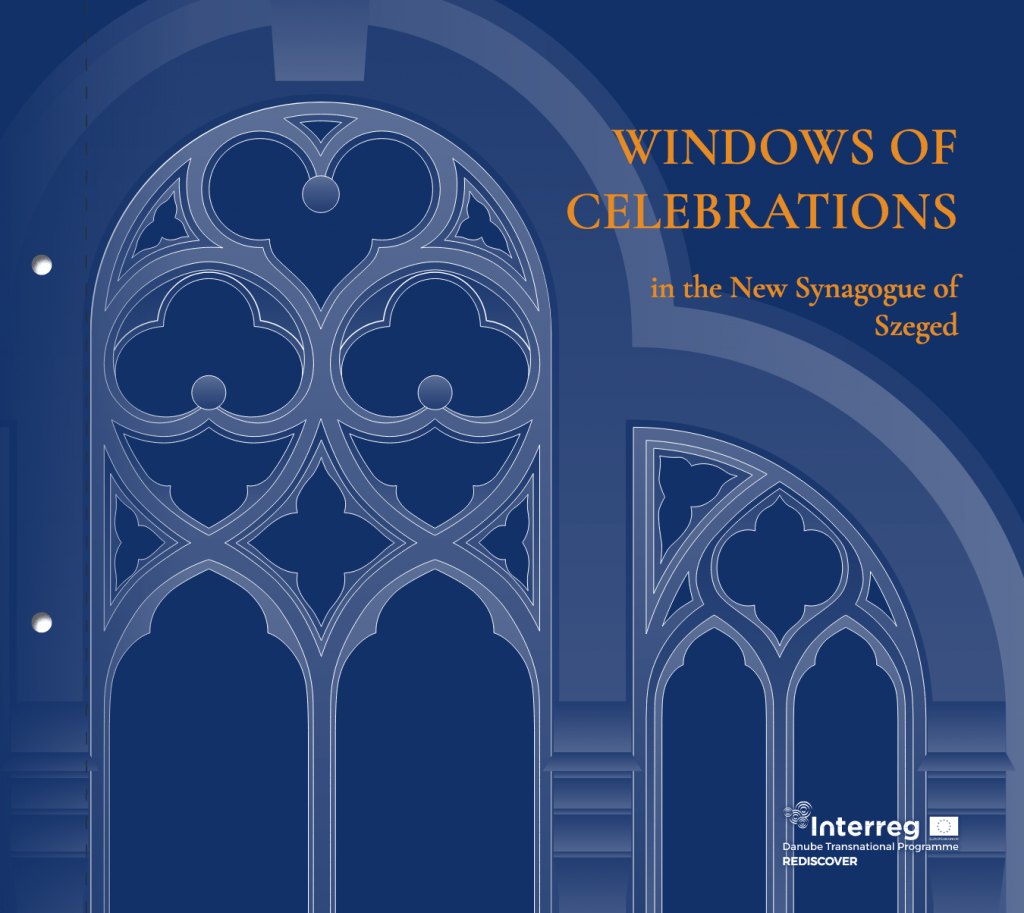
One of the book’s aims, in fact, is to recognize Manó Róth as creator of the stained glass.
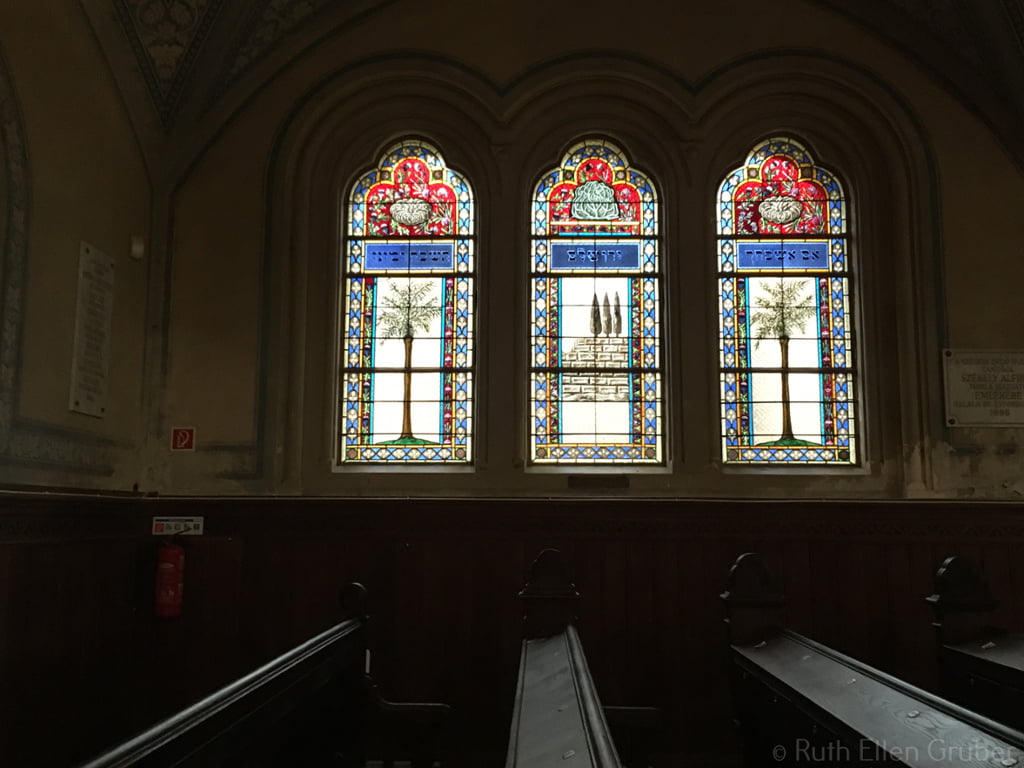
Manó was the younger brother of a more famous stained glass artist, Miksa Róth, who had commonly been thought to have designed the Szeged windows. The brothers were sons of an expert glassmaker in Budapest. The book provides evidence that Manó in fact was the artist, including a letter from Rabbi Löw which read: “Manó Róth, young glass painter from Budapest, exceedingly overcame the new and difficult challenges with artistic ambition and great success.”

